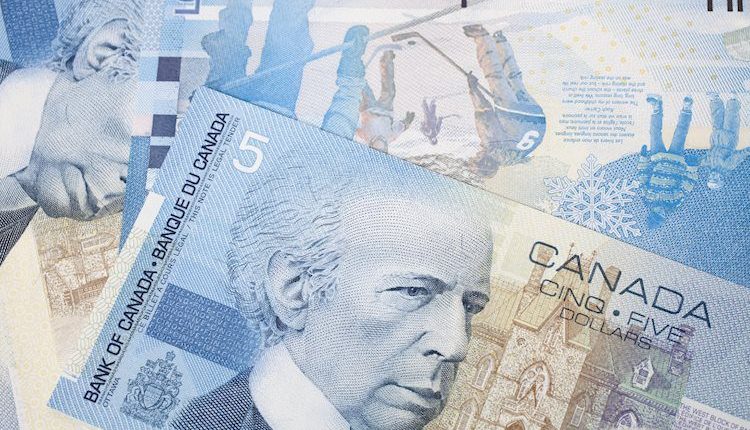- USD/CAD edges lower to around 1.3825 in Wednesday’s early Asian session.
- Election-related uncertainty weighs on the USD.
- Higher crude oil prices might support the Loonie for the time being.
The USD/CAD pair weakens to near 1.3825 during the early Asian session on Wednesday. The US Dollar (USD) remains under some selling pressure amidst heightened expectations ahead of the result of the US presidential election and the US Federal Reserve (Fed) meeting.
Polls show a tight race between Republican presidential candidate Donald Trump and Democratic candidate Kamala Harris. Election polls showed that Donald Trump has a lead over his opponent. Kalshi shows an overwhelming 57% to 43% Trump’s advantage over Harris, while Polymarket puts the figures at 60.7% and 39.5%, respectively.
“Watching the dollar is going to be critical tonight. That will be the most liquid and the most transparent messaging to what we are getting markets to do because that’s where people can put money to work fast,” noted David Zervos, Jefferies chief market strategist.
Elsewhere, data released on Tuesday showed that the US ISM Services Purchasing Managers Index (PMI) rose to 56.0 in October from 54.9 in September, beating the estimation of 53.8. Meanwhile, S&P Global Services PMI came in at 55.0 in October, down from the previous reading and the consensus of 55.3.
The attention will shift to the Fed interest rate decision on Thursday, which is widely expected to cut interest rates by a quarter percentage point at the November meeting. Financial markets are now pricing in nearly a 94% possibility of a quarter point reduction and a near 80% odds of a similar-sized move in December, according to CME’s FedWatch tool.
On the Loonie front, the rise in crude oil prices might underpin the commodity-linked Canadian Dollar (CAD) in the near term. Canada is the largest oil exporter to the United States (US), and higher crude oil prices tend to have a positive impact on the CAD value.
Canadian Dollar FAQs
The key factors driving the Canadian Dollar (CAD) are the level of interest rates set by the Bank of Canada (BoC), the price of Oil, Canada’s largest export, the health of its economy, inflation and the Trade Balance, which is the difference between the value of Canada’s exports versus its imports. Other factors include market sentiment – whether investors are taking on more risky assets (risk-on) or seeking safe-havens (risk-off) – with risk-on being CAD-positive. As its largest trading partner, the health of the US economy is also a key factor influencing the Canadian Dollar.
The Bank of Canada (BoC) has a significant influence on the Canadian Dollar by setting the level of interest rates that banks can lend to one another. This influences the level of interest rates for everyone. The main goal of the BoC is to maintain inflation at 1-3% by adjusting interest rates up or down. Relatively higher interest rates tend to be positive for the CAD. The Bank of Canada can also use quantitative easing and tightening to influence credit conditions, with the former CAD-negative and the latter CAD-positive.
The price of Oil is a key factor impacting the value of the Canadian Dollar. Petroleum is Canada’s biggest export, so Oil price tends to have an immediate impact on the CAD value. Generally, if Oil price rises CAD also goes up, as aggregate demand for the currency increases. The opposite is the case if the price of Oil falls. Higher Oil prices also tend to result in a greater likelihood of a positive Trade Balance, which is also supportive of the CAD.
While inflation had always traditionally been thought of as a negative factor for a currency since it lowers the value of money, the opposite has actually been the case in modern times with the relaxation of cross-border capital controls. Higher inflation tends to lead central banks to put up interest rates which attracts more capital inflows from global investors seeking a lucrative place to keep their money. This increases demand for the local currency, which in Canada’s case is the Canadian Dollar.
Macroeconomic data releases gauge the health of the economy and can have an impact on the Canadian Dollar. Indicators such as GDP, Manufacturing and Services PMIs, employment, and consumer sentiment surveys can all influence the direction of the CAD. A strong economy is good for the Canadian Dollar. Not only does it attract more foreign investment but it may encourage the Bank of Canada to put up interest rates, leading to a stronger currency. If economic data is weak, however, the CAD is likely to fall.
Read the full article here

